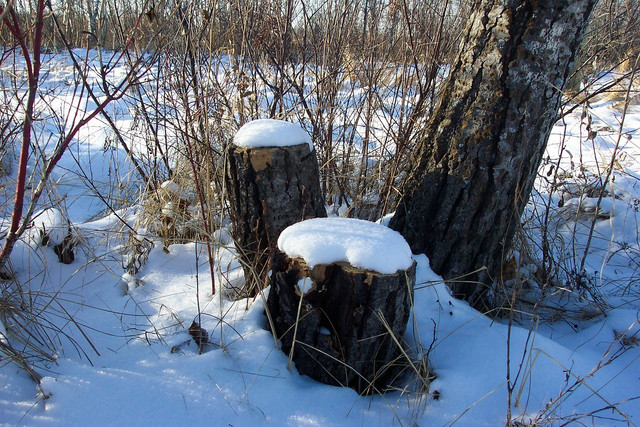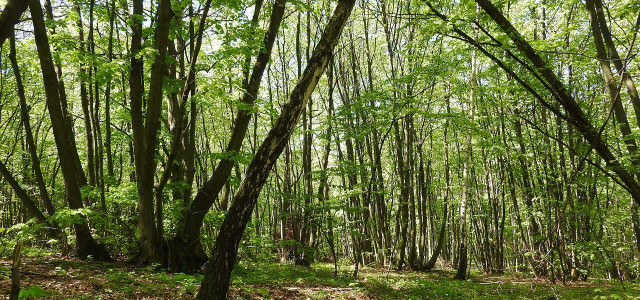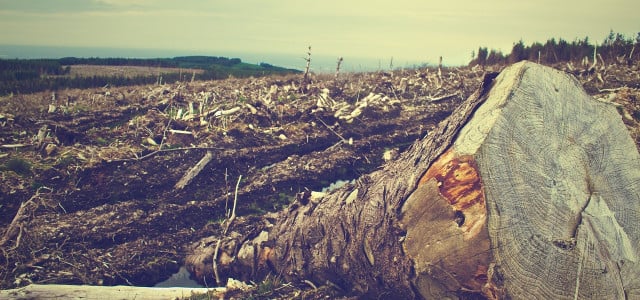Coppicing is a traditional woodland management technique where trees are cut at the base to allow new shoots to grow. We’ll show you the benefits of coppicing and how it’s done.
Coppicing is an ancient forestry technique that involves cutting trees low, near the base, to encourage growth. New shoots grow and are a sustainable source of wood, as the whole tree does not need to be cut down and it can be coppiced multiple times, without being killed. So it is also faster than replacing felled trees, as the base already has its roots established.
The origin of the word coppice is the French “couper”, or to cut. Evidence of coppicing has been found in Europe which dates back to the stone age (4500 BC) and further archaeological findings have found that coppicing was common during the Bronze Age and the Roman and Saxon times in the UK, mainly because a coppiced tree is easier to cut with hand tools than a mature un-coppiced tree.
How Does Coppicing Work in Woodland Management?

(Foto: CC0 / Pixabay / imagesbykim)
Coppicing works best on deciduous trees (those which shed their leaves in the fall) such as oak, ash, hazelnut, elm, and maple. When a tree is coppiced at the base, new shoots start to grow from the stump, these shoots can then be thinned out so that a desirable number of shoots remain, which can grow to the wanted size. When the correct size is reached, the wood is harvested and the whole cycle can begin again.
Coppicing means that woodlands are not completely cleared and can be managed in a way in which the timber can be used for things such as building or fuel. Coppiced woodlands are managed carefully and cut between every five and twenty years, for up to a hundred years, the woodland, or “copse”, is usually coppiced on rotation so that a different part of it can be harvested every year.
The coppicing cycle is a lot faster than deforestation and afforestation (cutting down and replanting trees) as the tree is already established with a strong root base, which is why it is able to regrow quickly.
Benefits of Traditional Coppicing to Biodiversity



(Foto: CC0 / Pixabay / 652234)
The benefits of coppicing are huge. It helps to increase biodiversity, as when trees are coppiced they help to open up the forest canopy which allows more sunlight to filter through down to the ground, increasing the growth of other plants such as flowering bushes and shrubs and grasses. This helps food chains thrive as these other species of plants will be eaten by invertebrates like caterpillars who will then be consumed by birds or other mammals such as shrews or mice. Wildflowers such as bluebells thrive in coppiced woodlands which in turn increases the number of pollinator species such as bees and butterflies.
Coppicing also assists in extending the lifespan of individual trees as it can help to reduce disease and prevent the formation of dead wood. If the harvested wood is not needed, it can be left as woodpiles in the forest which are ideal habitats for fungi, moss, lichens, and invertebrates. Coppiced wood can be used for firewood or charcoal, traditional woven or wattle fencing, for weaving baskets, as livestock food, or even for fence posts.
A study carried out after coppicing a Mediterranean oak stand found that the soil fertility and structure of the coppiced area were slightly disturbed by the effects of coppicing and needed up to three years to recover — however this was in a forest where machinery was used to remove the timber. This means that the management of the coppice is key in determining the impact on the soil: traditional coppicing using hand tools takes time but is very low impact.
As you can see, coppicing is highly beneficial to biodiversity overall as well as to the life of the individual tree involved. It is also practical as the wood that is harvested can be used for a variety of things.
Read more:
- What Is a Forest? Describing Our Most Important Ecosystems
- How to Identify a Tree by its Bark
- Bug Hotels: How to Build Your Own Insect House
Do you like this post?








